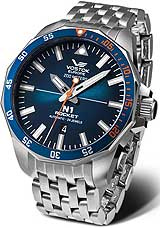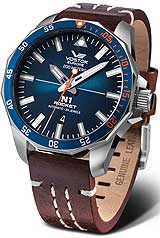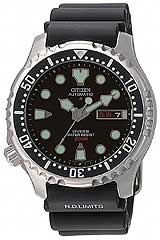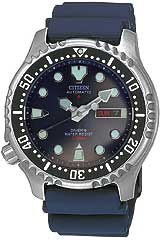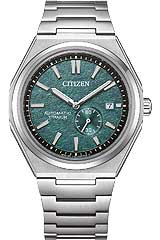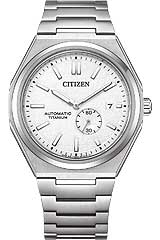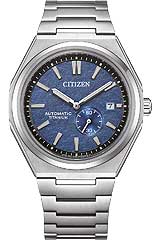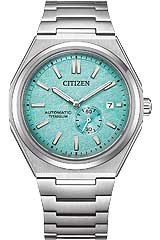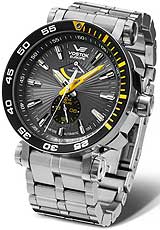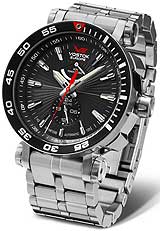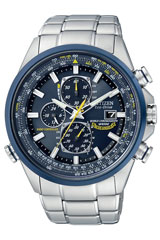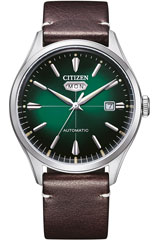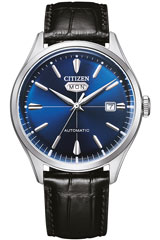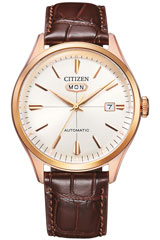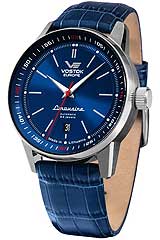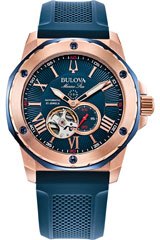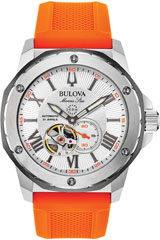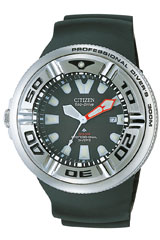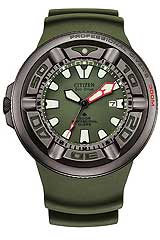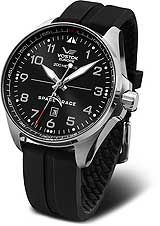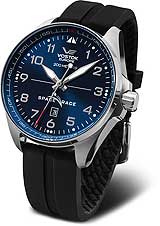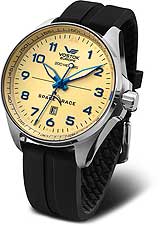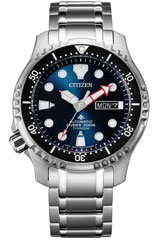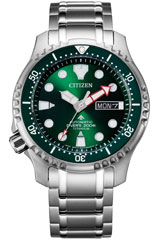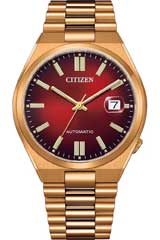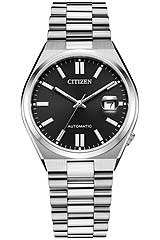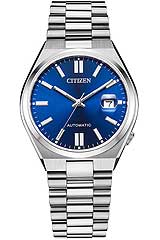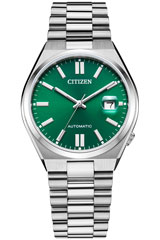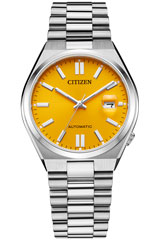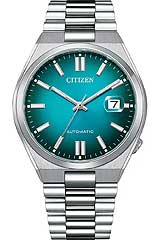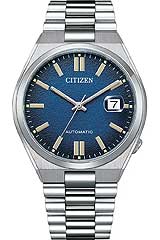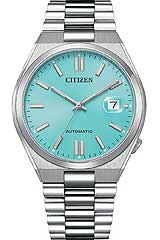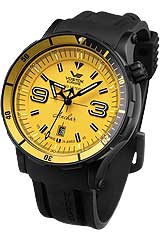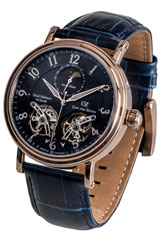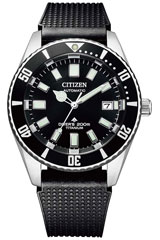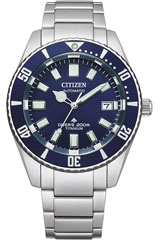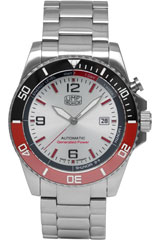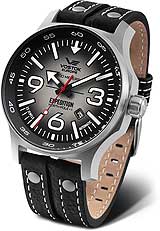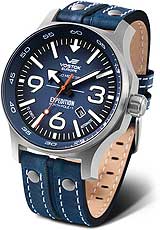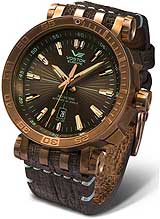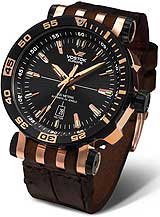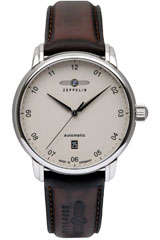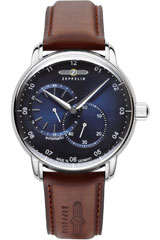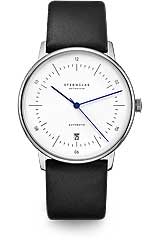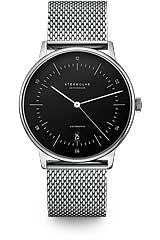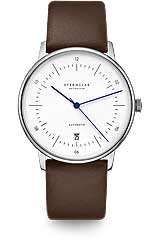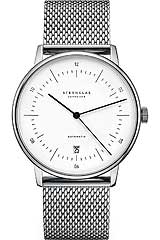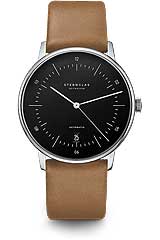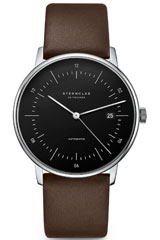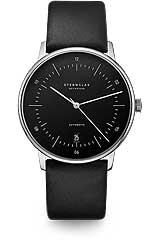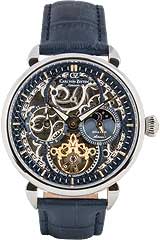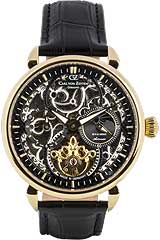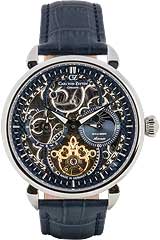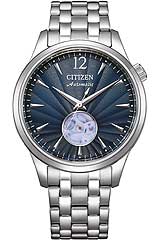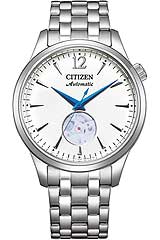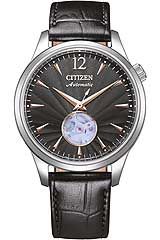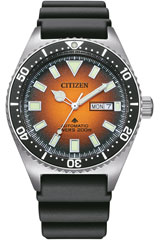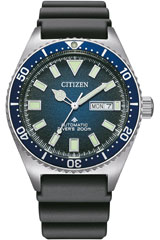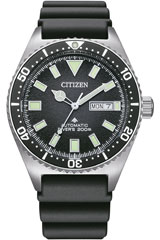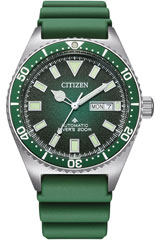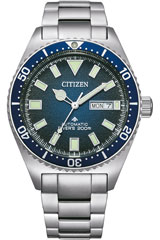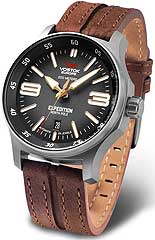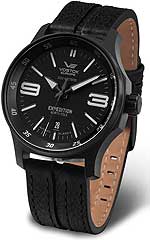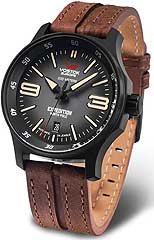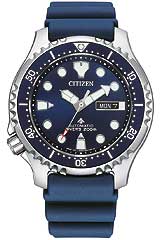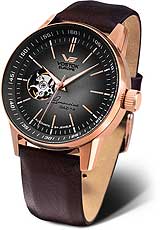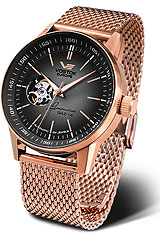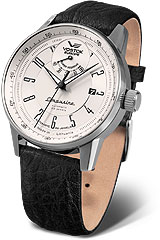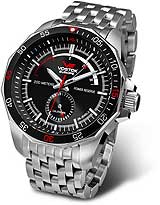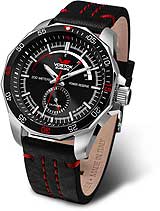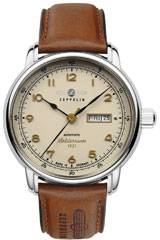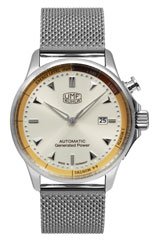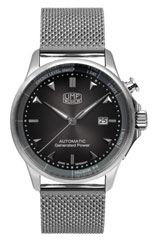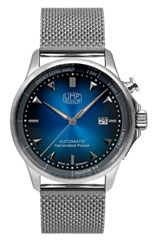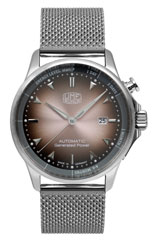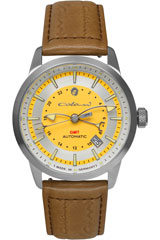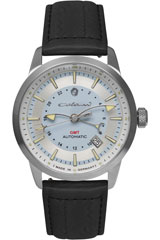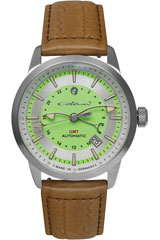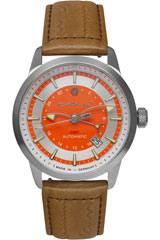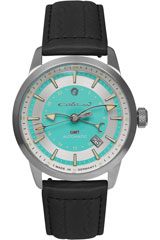Not satisfied? Return them in the new year!
Mechanical watches
Mechanical wristwatches with quality movements
Mechanical wristwatches stand for tradition of craftsmanship and history. High-quality materials and additional functions make the mechanical wristwatches a special kind of jewelry. Not only because of this, but also because the mechanical watches have a particularly long lifespan with proper care, the mechanical watches are often passed down from generation to generation as heirlooms. The longevity of the mechanical wristwatches and, above all, the water resistance is favored by the fact that no battery change is necessary. This is because in a mechanical watch, the driving force is transmitted to the oscillator via the gear train. In this way, the oscillator controls the running speed and thus also the movement of the hands. The movement is wound by hand or automatically (see automatic watches). A large selection of high-quality, mechanical wristwatches with manual winding and quality movements can be found here.Mechanical wristwatches - marvels of watchmaking While
the first mechanical watch was developed over 1000 years ago, the triumph of the mechanical wristwatch only began about 100 years ago. The prerequisite for the introduction of market-ready wristwatches with mechanical drive was the increasing miniaturization in the art of watchmaking, which made it possible to accommodate increasingly complex movements in ever smaller cases. A first step in this direction was certainly taken with pocket watches.
But the beginning of the 20th century, and the technological developments of that time, ushered in a new era in the watch manufactory. In particular, the further development of the winding mechanism for wristwatches brought a decisive advantage: In contrast to mechanical grandfathers, table clocks and wall clocks, the winding by key was dispensed with in favor of the winding by crown, which still influence the appearance of wristwatches today.Mechanical wristwatches were now gradually replacing the hitherto widespread and popular pocket watches, and people who read the time from their wrists became a normal sight on the streets of metropolises. The fact that they were looking at a marvel of watchmaking was expressed in the fact that the watches were guarded like a treasure and often passed on from generation to generation.
There is no doubt that automatic watches are the most popular and at the same time the most modern among wristwatches with mechanical movements. Wristwatches with automatic movements have the advantage that they wind themselves solely by the movement of the wrist and thus make manual winding over the crown unnecessary. Especially in the 1950s, automatic watches gained great popularity due to their unsurpassed comfort.
Since then, well-known manufacturers such as Ingersoll and Junkers have continued to perfect the mechanisms for their mechanical wristwatches and automatic watches. For example, both Ingersoll and Junkers come up with mechanical multifunction wristwatches and automatic chronographs that, in addition to the time display, have other useful functions such as the date display or the stopwatch. Water resistance is also no longer a problem these days, even with mechanical watches.
Junkers mechanical watches are robust and durable all-rounders with minimal maintenance and high precision. They are designed as mechanical pilot's watches that pay homage to the pioneering days of German aviation. Hence such expressive names as "Altitude Record Flight F13" or Iron Annie Ju 52. Ingersoll has made a name for itself as a manufacturer of high-quality automatic watches. Founded in 1892 in the United States, models such as "Sierra", "Boston" and "Jefferson" are now reminiscent of historical events, leaders or places in the USA.
Choose your preferred payment
You can choose the following payments from our shop: PayPal, credit card and prepayment. For more information visit payment methods & FAQ More payments: prepayment with 3% off for wristwatches
INFORMATION
Last update 2024-11-21 22:15:07


